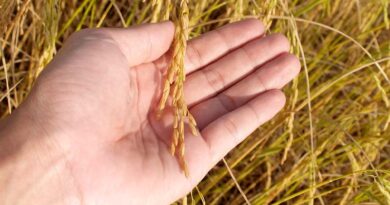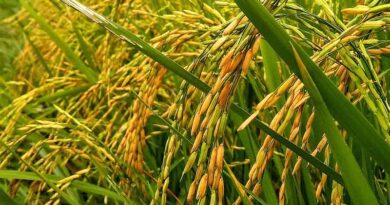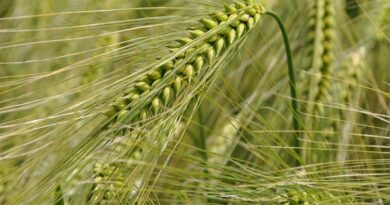Measures for reducing the cost of cultivation of Rabi/Boro rice for the farmers
11 November 2023, New Delhi: Measures for reducing the cost of cultivation of Rabi/Boro rice for the farmers are mentioned below.
1. Use of organic farming and balanced fertilizers: Encourage the adoption of organic manuring, such as composting and vermicomposting, to reduce the reliance on costly chemical fertilizers. Inorganic fertilizers should be applied based on the soil test and using the tools like Rice Crop Manager, CLCC, etc.
2. Integrated pest and disease management (IPDM): Promote IPDM practices to reduce the need for chemical pesticides, thus cutting down input costs. The IPM for reducing the cost of cultivation of Rabi/Boro Rice has been given as Annexure I.
3. Farm mechanization: labor cost comprises about 50% cost of cultivation in rice. Therefore, mechanization of activities like tillage, transplanting, irrigation, pesticide application and harvesting (crop cutting, carrying, and threshing) lessen the labor requirement and cost of cultivation.
4. Water management: The boro rice grown in light textured soils requires frequent irrigation which in turn increases the overall cost of production. Therefore, fields with medium to heavy textured soils, having good water holding capacity, and with irrigation sources available in the vicinity are preferred for boro rice. The practice of irrigation technology like AWD can play a remarkable role in reducing water losses and the cost of irrigation for crop production.
5. Choice of varieties: Cultivation of high-yielding short and medium-duration varieties lessens the cost of cultivation in boro rice. Use of high-yielding rice varieties that are resistant to pests and diseases such as CR Dhan 317 (BPH), CR Dhan 805 (BPH), Improved Lalat (BB, Bakane), Shatabdi (BB), Improved Tapaswini (BB)reduces the need for costly inputs.
6. Access to credit: Ensure that farmers have access to credit facilities with reasonable interest rates to finance their agricultural activities without falling into debt traps.
7. Crop insurance: Promote crop insurance schemes to mitigate financial risks associated with crop loss due to adverse weather conditions or other factors.
8. Group farming: Encourage farmers to form cooperatives or self-help groups to collectively purchase inputs at bulk rates and share resources, reducing individual costs.
9. Mass trapping of yellow stem borer moths through pheromone trap (@20/ ha) and eco-friendly light trap (solar 24×7 Insect trap @3 per ha)
10. Need-based application of pesticides through UAV/drone on a community basis
Also Read: Hidden costs of global agrifood systems worth at least $10 trillion
(For Latest Agriculture News & Updates, follow Krishak Jagat on Google News)















